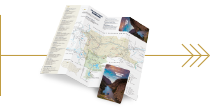Spring Awakening: Wildlife Viewing in Yellowstone Country
Baby animals are easy to love, particularly in their natural environment. Yellowstone Country Montana is full of wildlife, and spring is the time when these amazing little creatures are born. You’ll find the majority of them in Yellowstone National Park, where they roam freely throughout the 2,219,789 acres, but don’t limit yourself—the mountain ranges outside the park are home to abundant wildlife as well.
When the snow clears, hit the road with your binoculars, a picnic and some patience—you won’t be sorry!
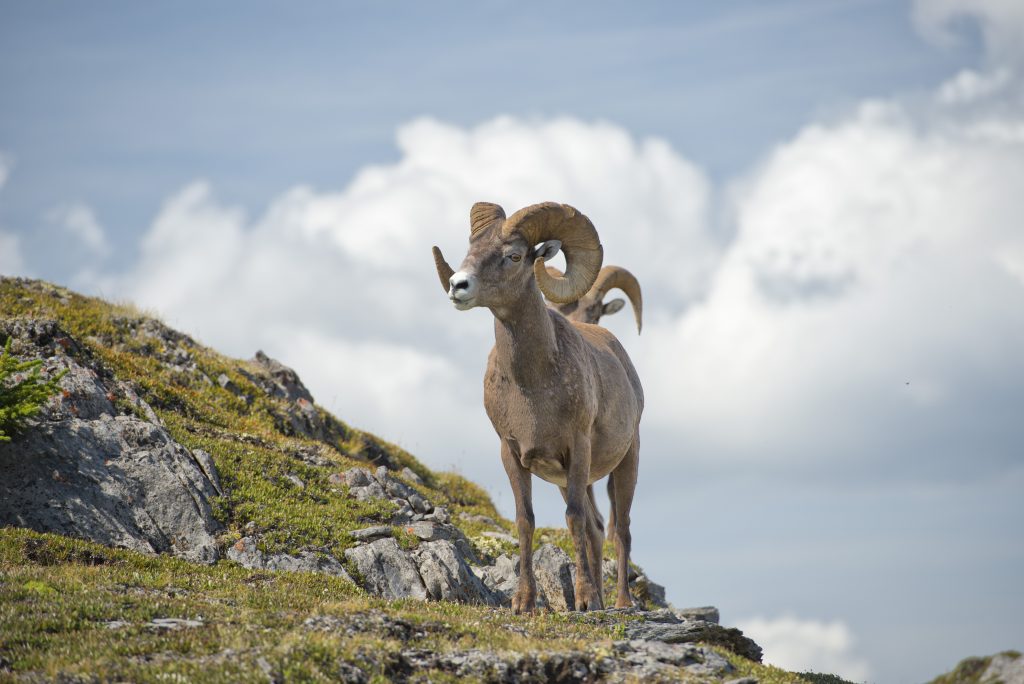
Bighorn Sheep
True to their name, these sheep have large curled horns. Ram horns can weigh up to 30 pounds, more than all of their bones combined. Ewes also have horns, but they are much smaller. The best place to find Montana’s bighorn sheep is the Gallatin Canyon and the Big Sky area. These animals are the most social of the big game in the area, and you’ll often see them leisurely grazing along roadsides. Ewes, lambs and yearling males band together, while adult males stay within their own herds. Lambs are typically born on high, secluded ledges. They can walk soon after birth and usually join the herd after about a week.
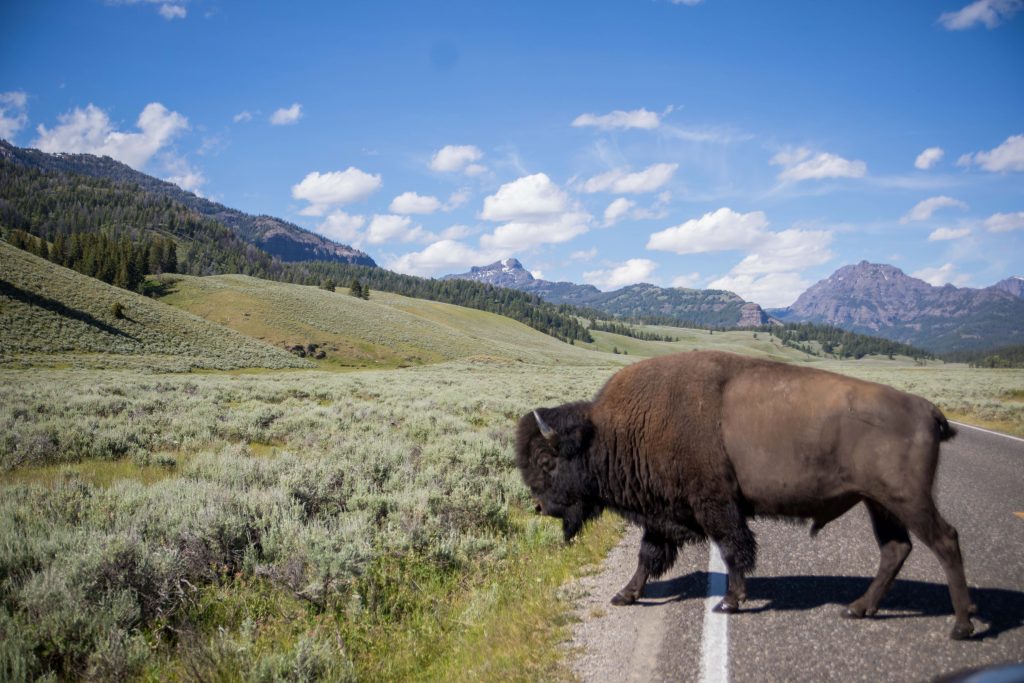
Bison
Yellowstone National Park is the only place in the lower 48 states to have a continuously free-ranging bison herd since prehistoric times. You can also find bison around West Yellowstone, just outside of the park. Fun fact: bison are the biggest cause of traffic jams in these areas! They tend to stand quietly in the road without budging, and there is nothing you can do but wait for them to pass. Bison calves are a reddish color, turning dark brown as they get older. While bison are slow moving, they are still dangerous and will charge if you get too close.
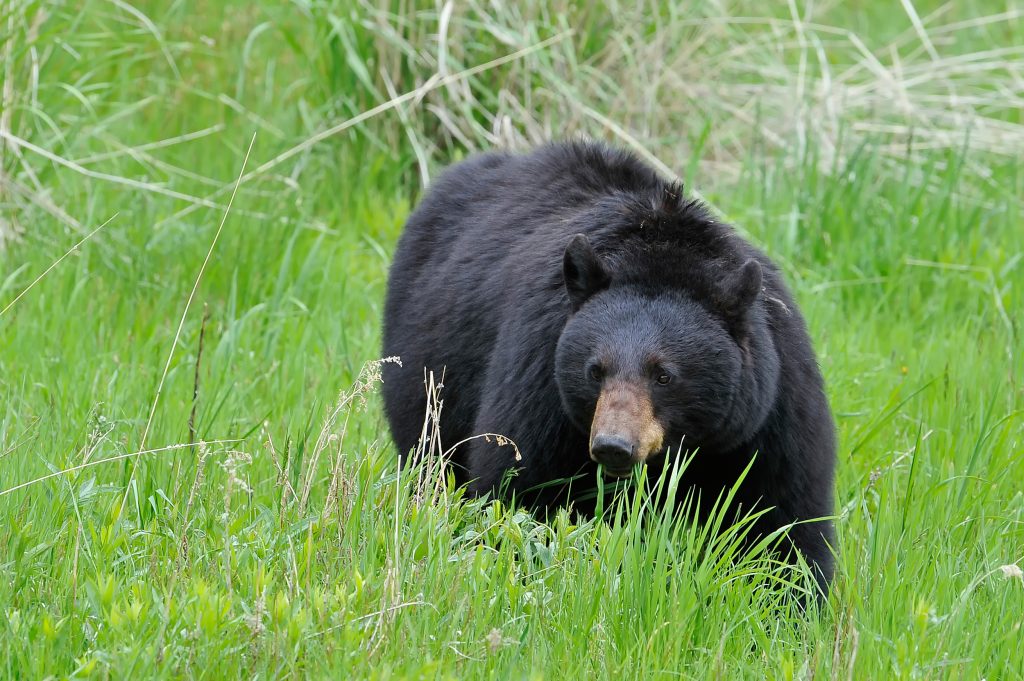
Black Bears
More common than grizzly bears and less aggressive, black bears emerge in early spring. The females (sows) and their cubs come out a bit later. All bears are hungry from their long winter slumber and are very concentrated in certain areas with a lush food supply. Because of this heightened activity, bear management areas are set up for human safety and to let bears eat in peace. Watch for closure signs and respectfully stay away.
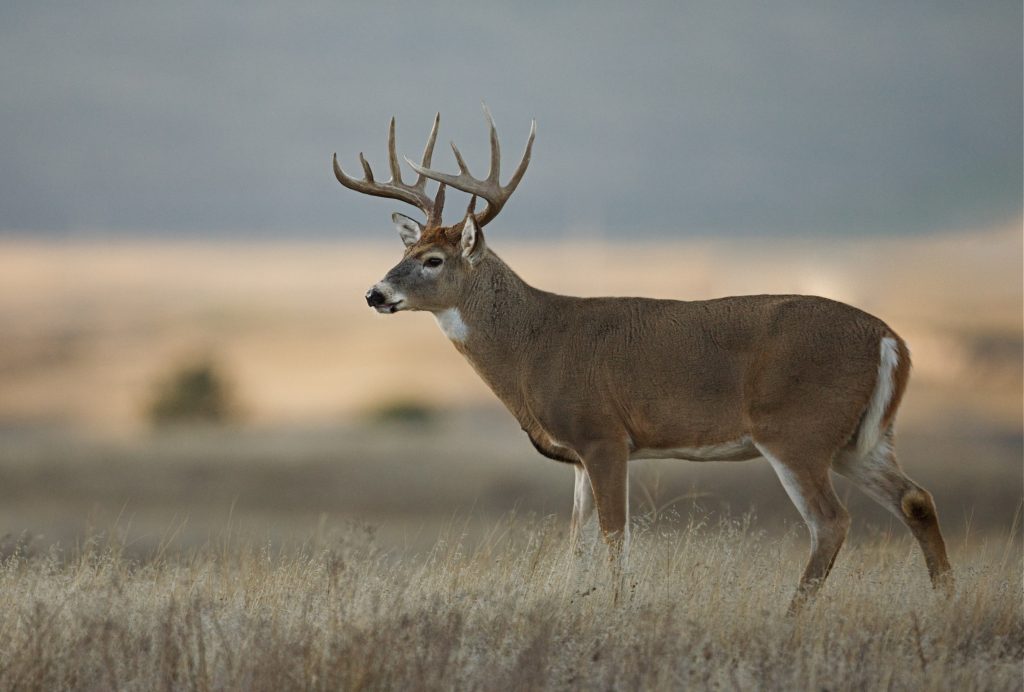
Deer
There are two species of deer, mule and white-tailed. Both feed early in the morning and late in the evening. Mule deer are gregarious and more likely to be seen. White-tailed deer live in small ranges and are mainly nocturnal and reclusive. They also tend to be solitary animals, but will band together at popular feeding areas. Deer range all over Yellowstone Country, so keep an eye out and heed warning signs on the road; hitting a deer can cause serious damage to your vehicle.
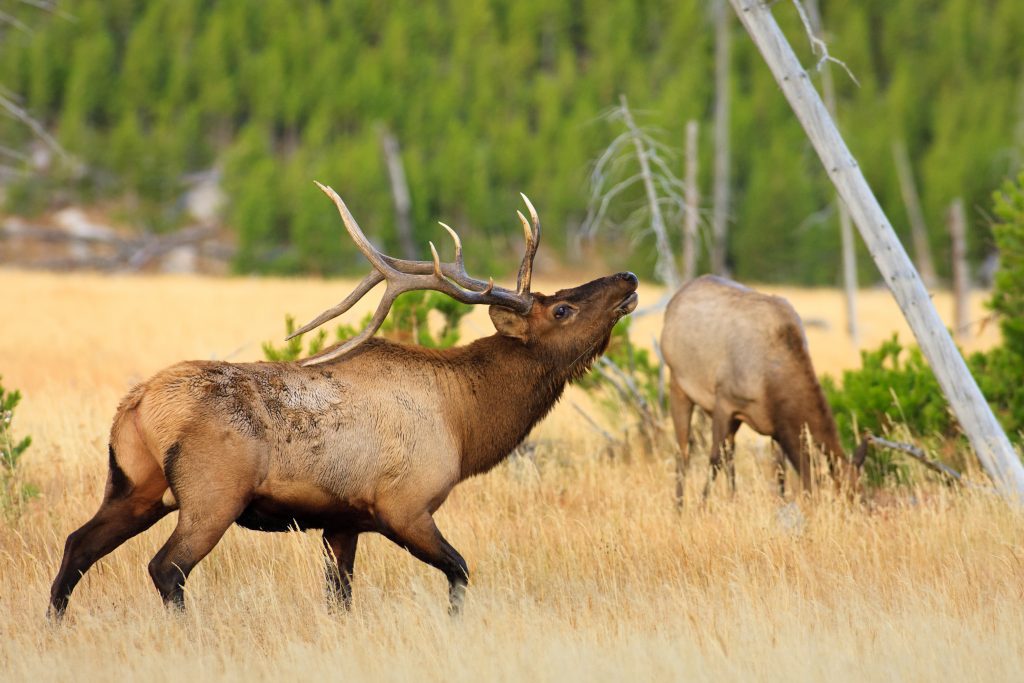
Elk
Yellowstone National Park is home to one of the largest elk herds in the United States, with over 15,000 animals. Elk move in big herds led by older cows, and include calves and yearling (spike) bulls. It’s easy to spot elk, although they migrate to higher elevations in the summer months. Bull elk are mostly solitary, except during the fall when mating season, called the rut, begins. Bulls are very aggressive during this time, often battling one another for the attention of females. Listen for bull elk bugling, which is their way of calling the cows in.
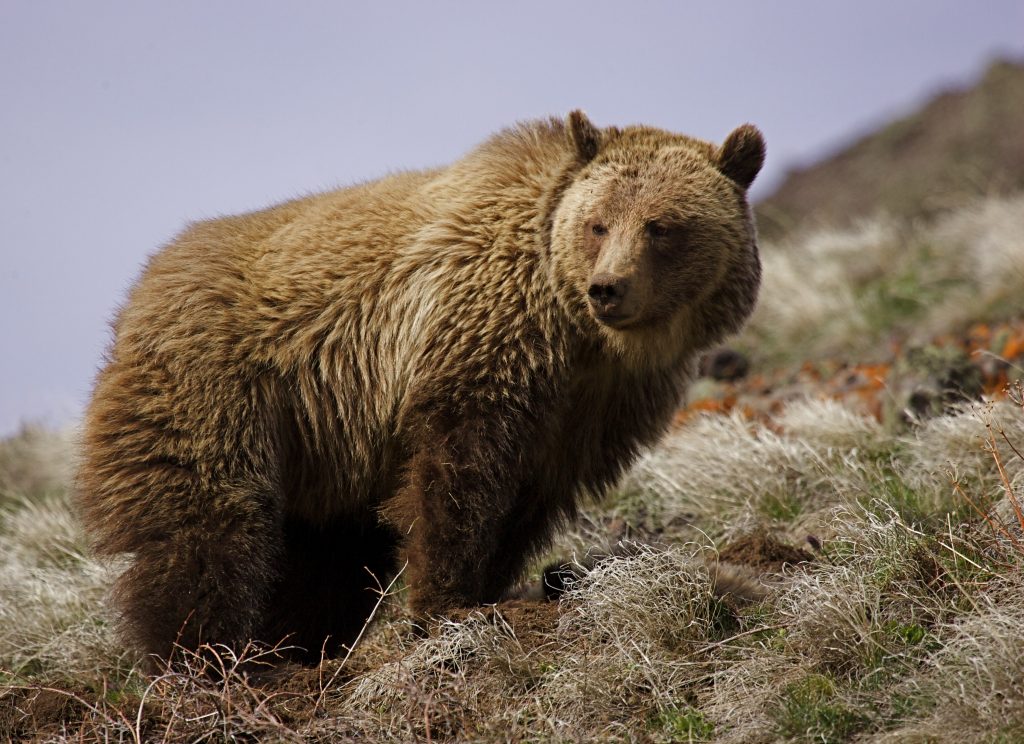
Grizzly Bears
Grizzly bears are one of the coveted animal sightings for wildlife watchers. There are over 500 grizzlies in Yellowstone National Park, which are mainly seen in the Hayden and Lamar valleys. Bears are active early morning and late evening. Your chances of seeing them are best in early spring, as they move to higher elevations during the hot summer. You can distinguish a grizzly from a black bear by the hump on a grizzly’s back.
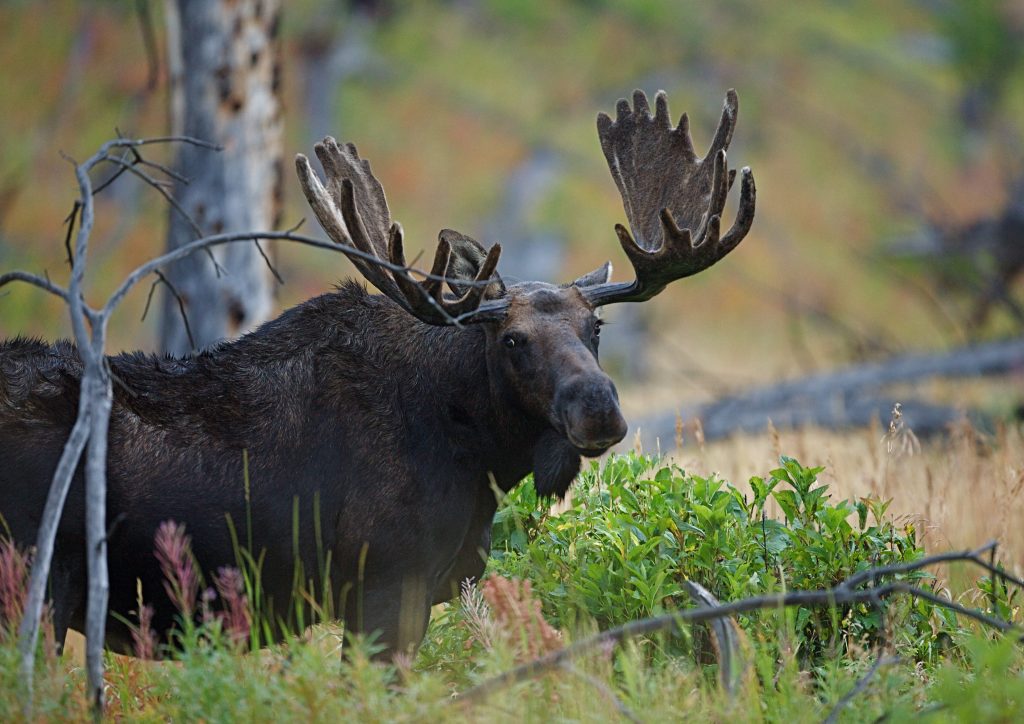
Moose
This grandiose mammal is usually solitary, but they will congregate during the rut. They love water and are able to stay submerged for three or four minutes and can swim for miles. Moose are fascinating to watch, but are very protective and can be dangerous, particularly females with their babies. It’s important to keep your distance, they will charge you!
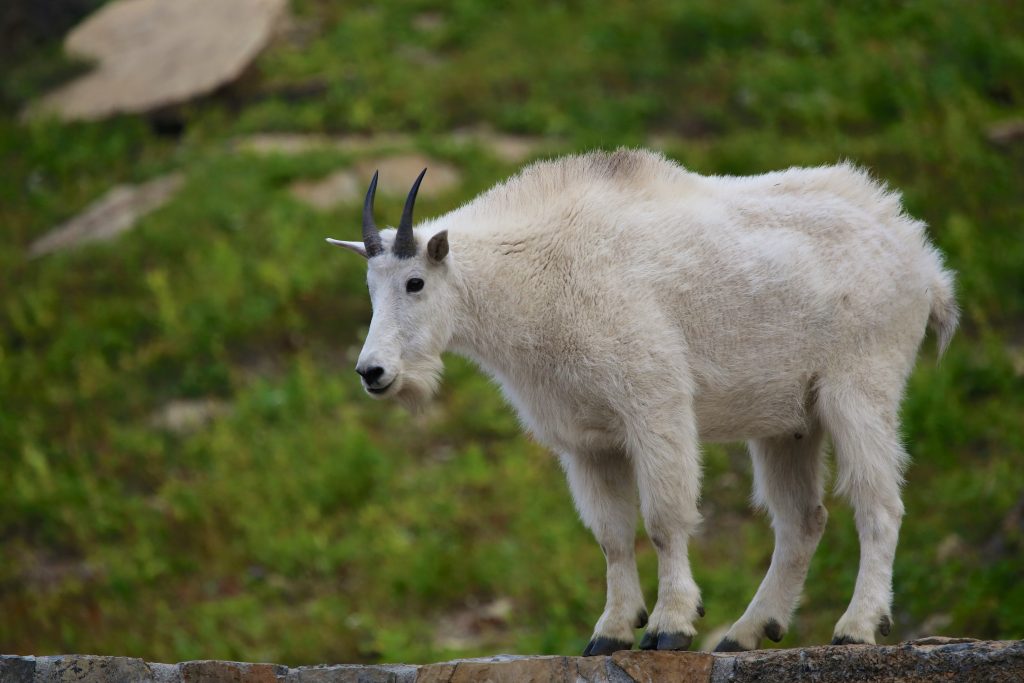
Mountain Goats
You’ll be surprised how friendly mountain goats are. They live in high, rocky elevations so you are most likely to see them while you’re hiking. Sacagawea Peak in the Bridger Mountain Range outside of Bozeman has a large concentration of goats. At the top of the peak the females and babies are not afraid to get close to humans. Watching them run across the steep, craggy terrain seems like a tremendous feat, but they do it with grace and speed. Female goats dominate and form herds with young kids and immature billies. Mature billies are generally solitary until mating season in the fall.
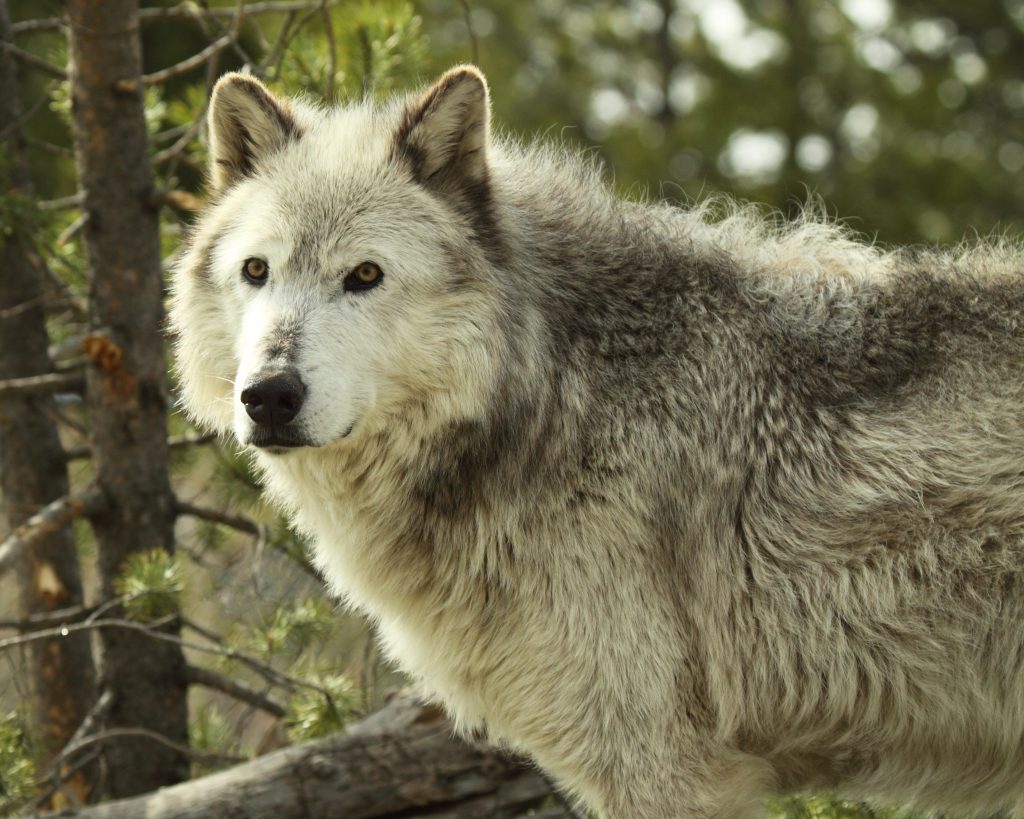
Wolves
Since being reintroduced in 1995, the wolf population in Yellowstone National Park has grown to 13 packs of more than 370 wolves. You are most likely to see them in the Lamar and Hayden valleys in the early morning and late evening. Look for ravens on animal carcasses and wait for the wolves to appear. Wolf watching takes patience; they are very elusive, but seeing them is a real treat. Die-hard wolf watchers give reports of their sightings, so stop at the Albright Visitor Center in Mammoth Hot Springs to check in on the latest activity.
Keep in mind, these animals are truly wild, so keep your distance. It’s recommended to stay 100 yards from bears and 25 yards for other wildlife. In the park, it’s actually prohibited to get any closer. If you cause an animal to move, you’re too close. Always carry bear spray if you are out hiking here.
For more information, go to VisitYellowstoneCountry.com.
